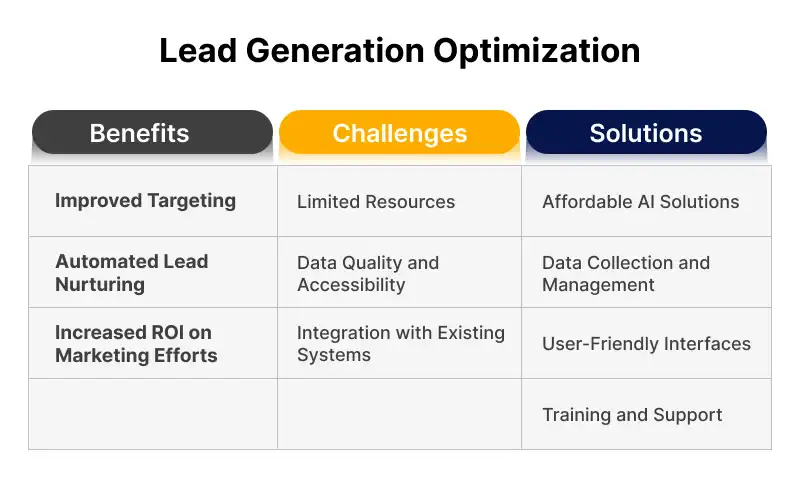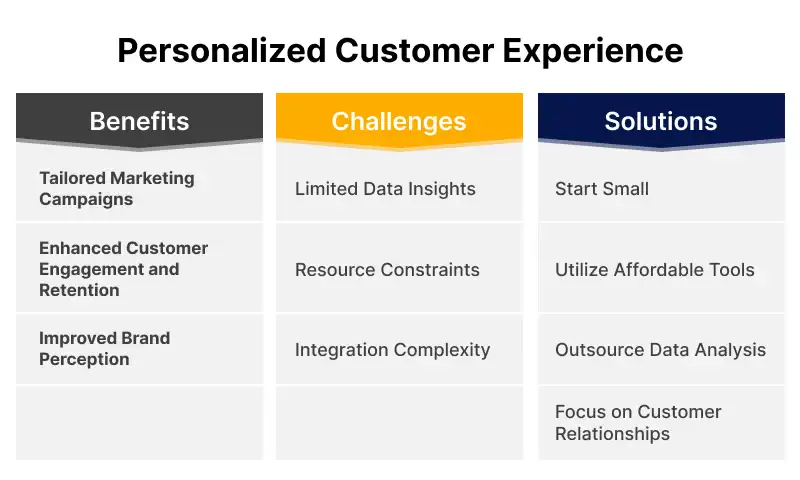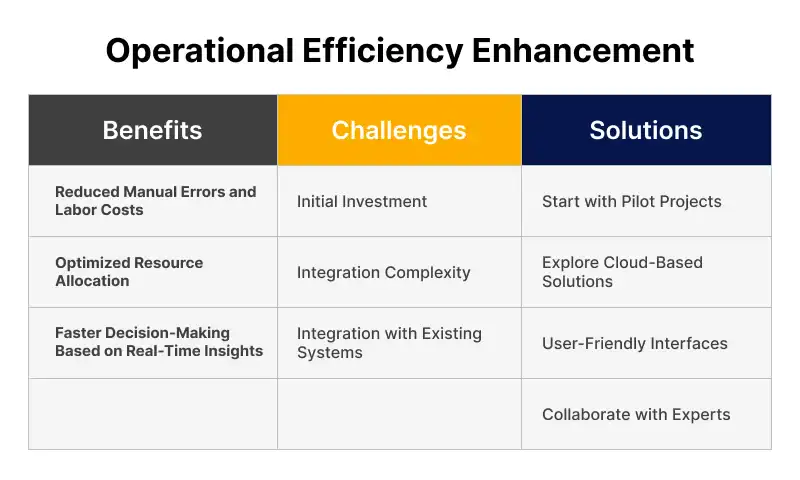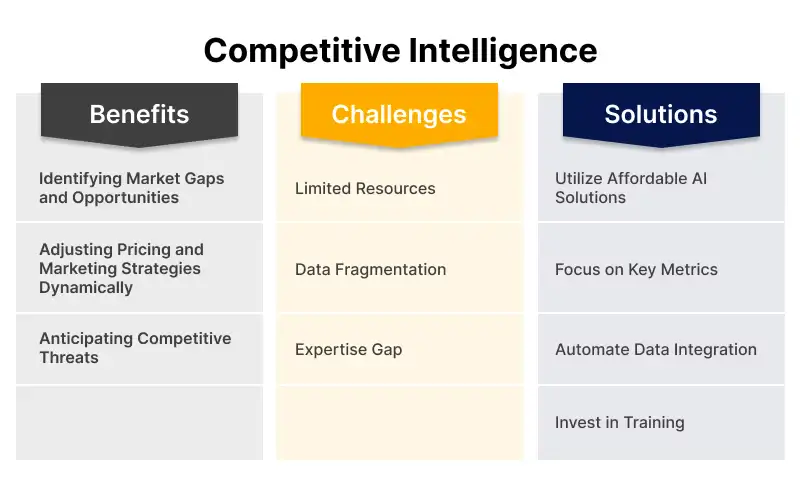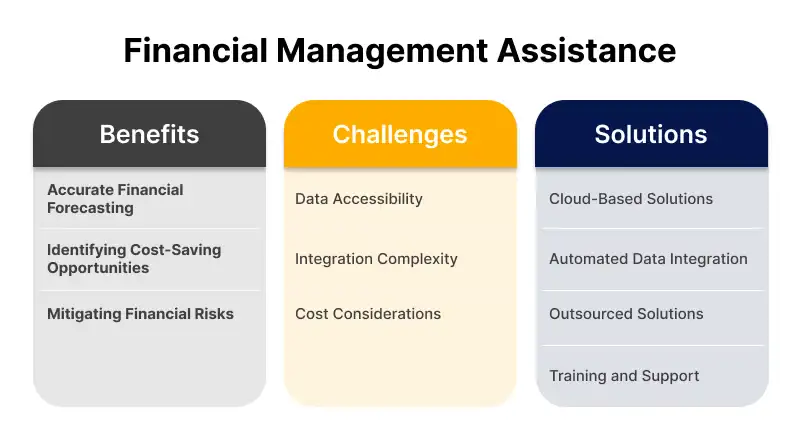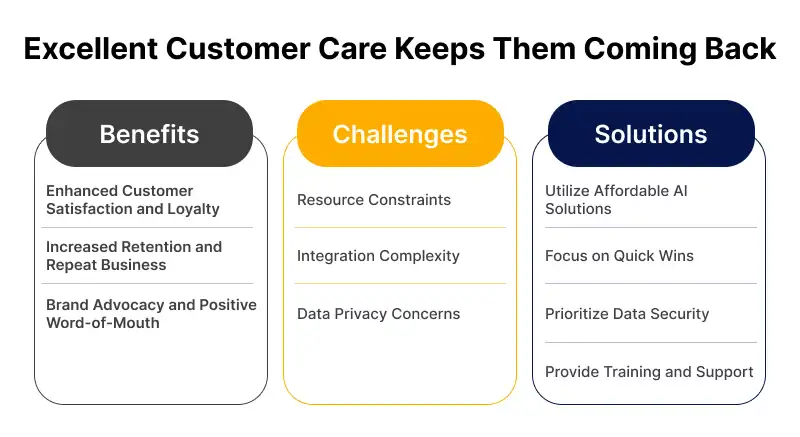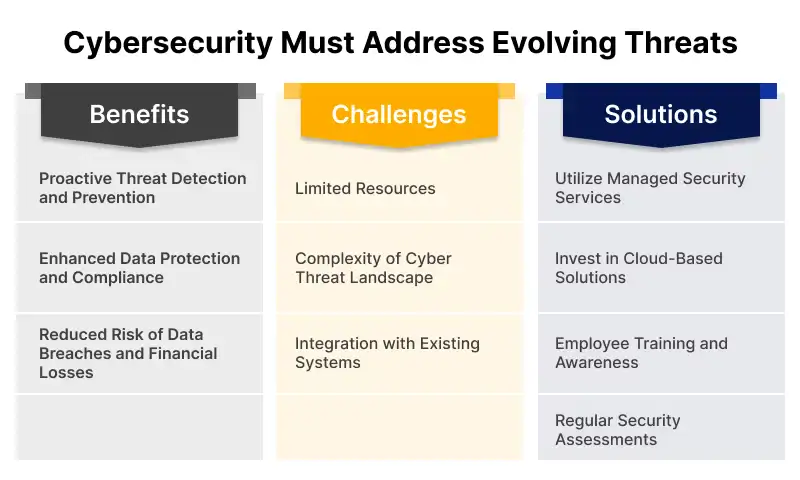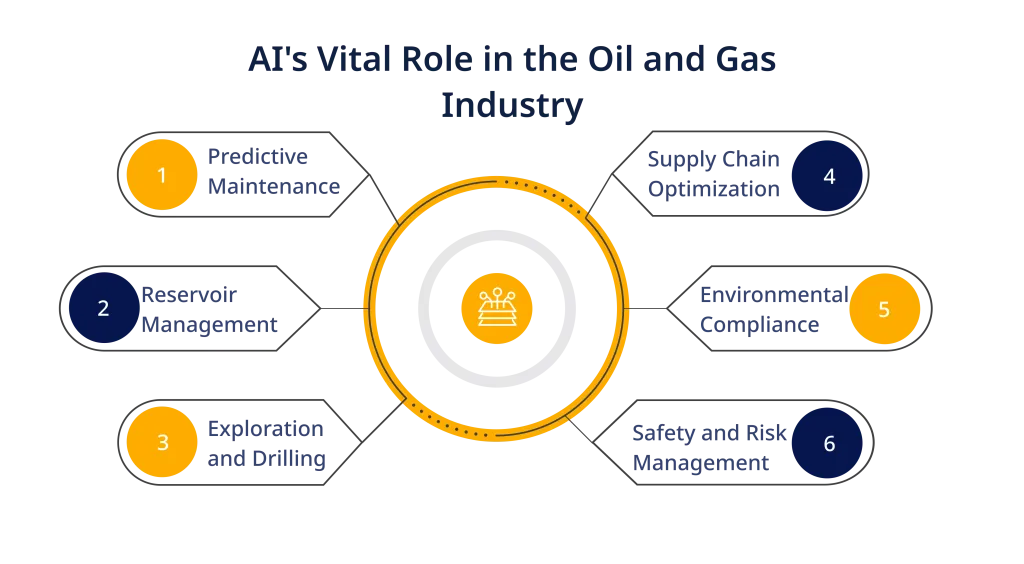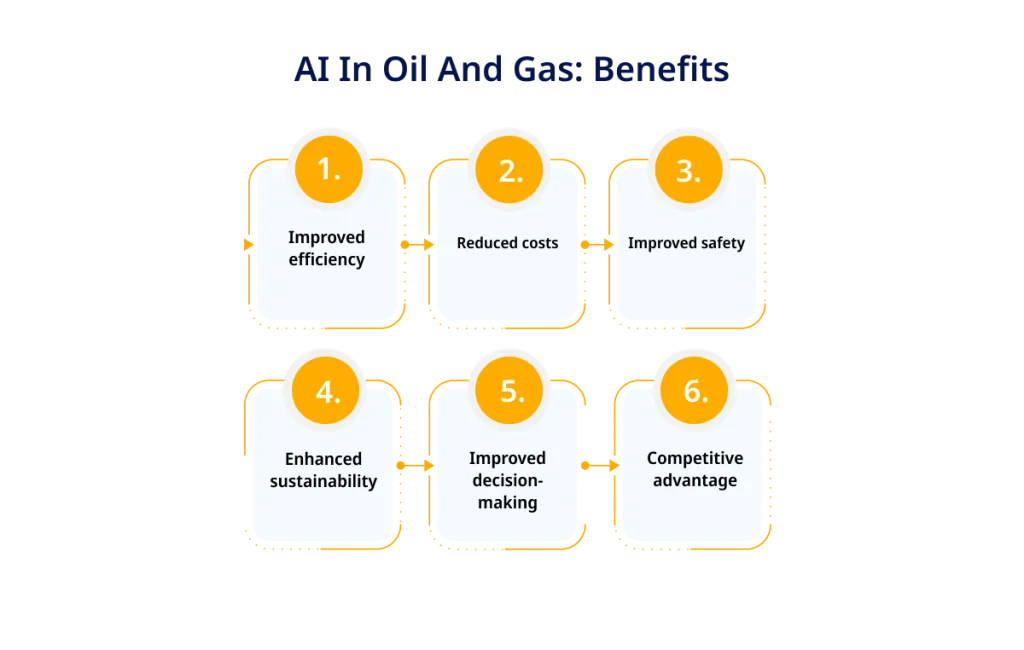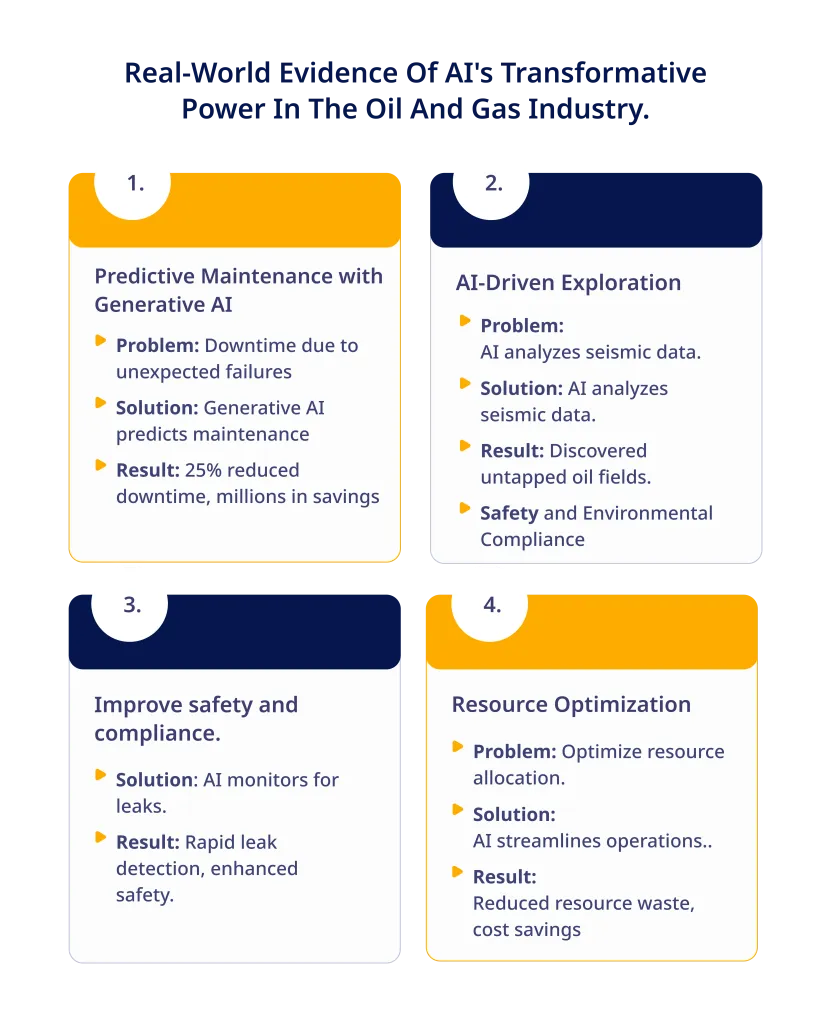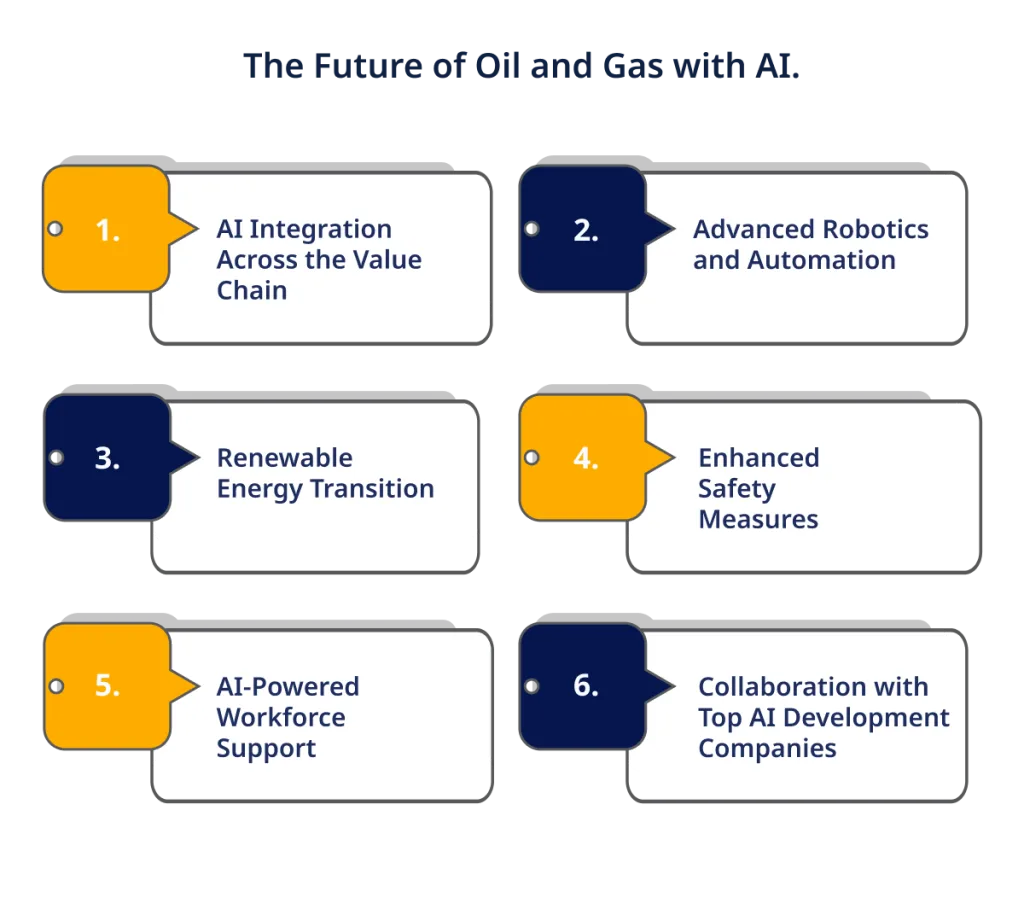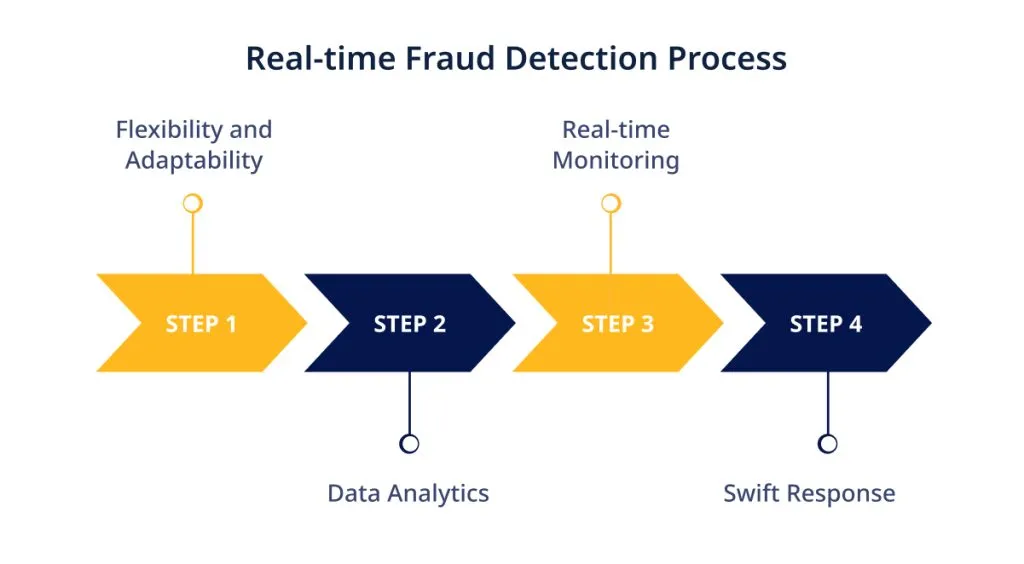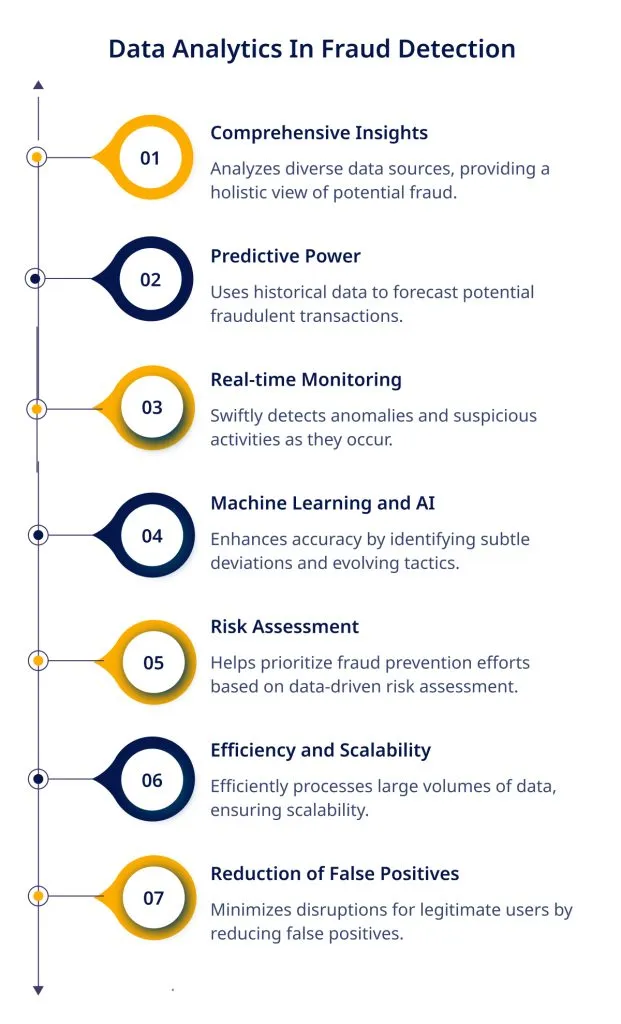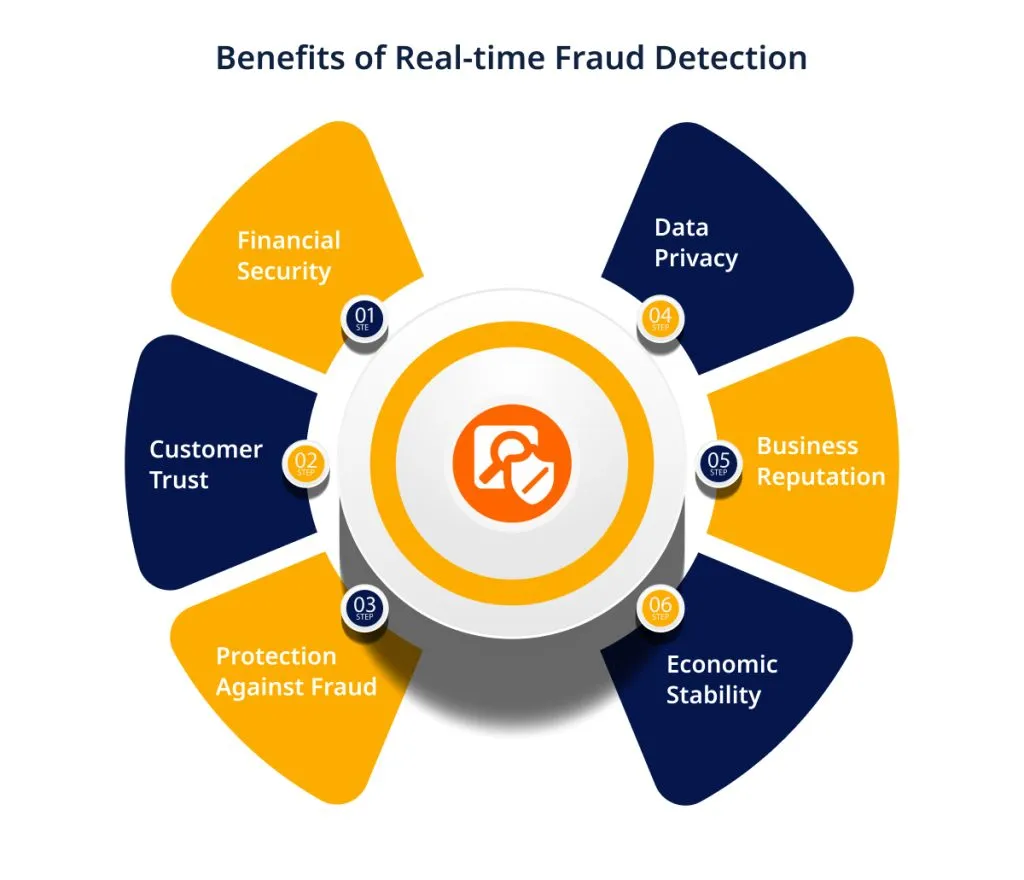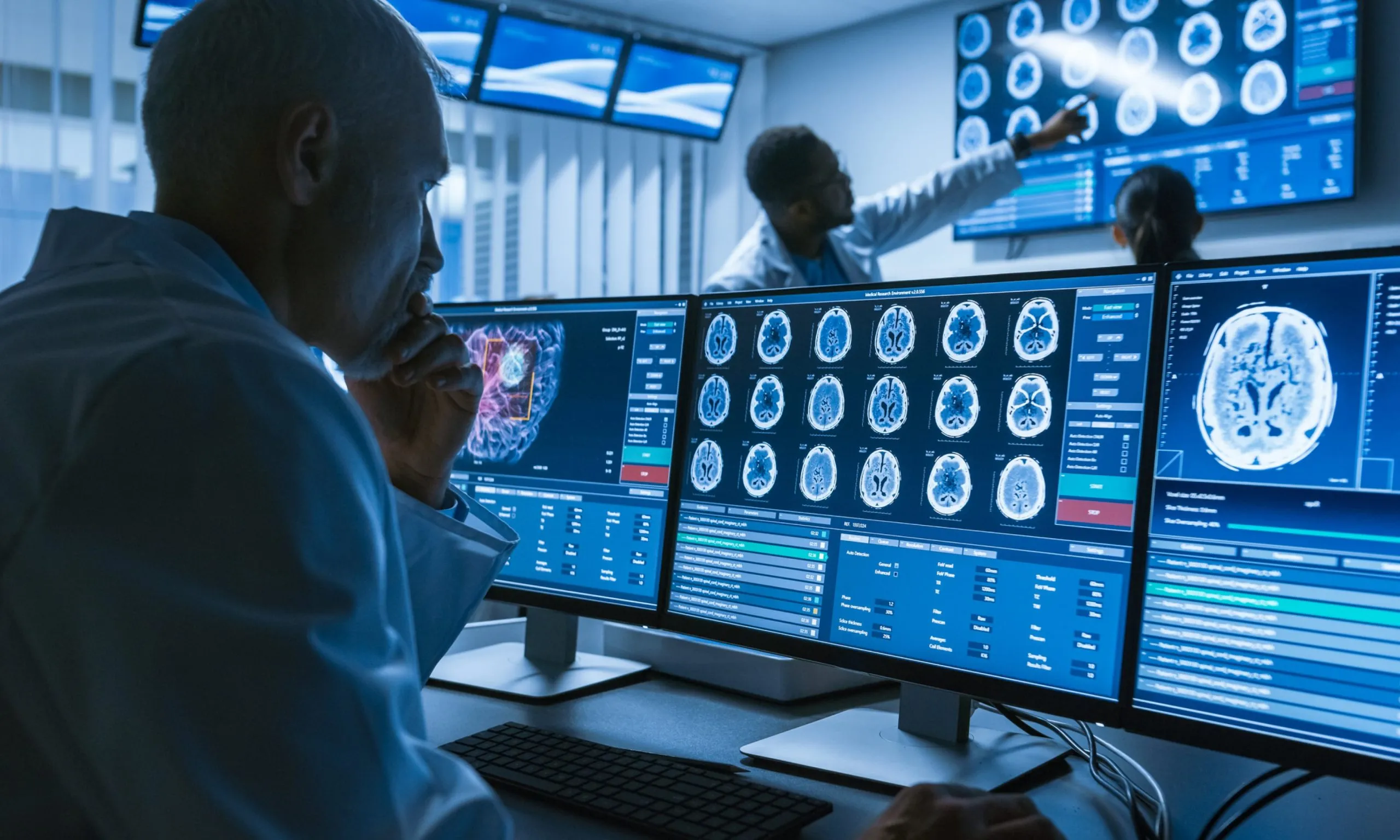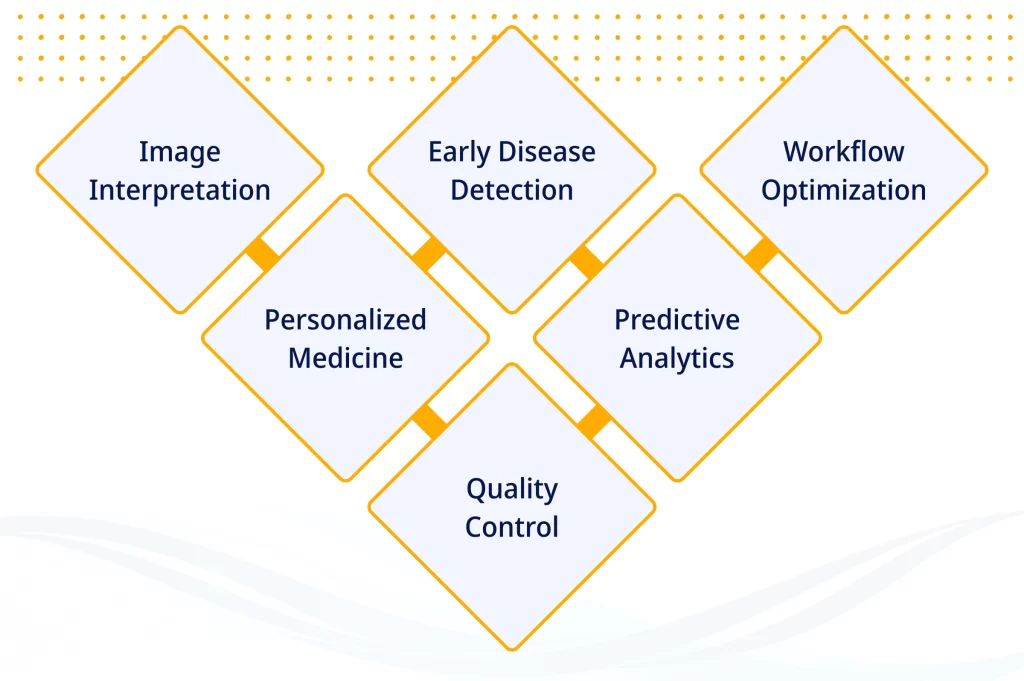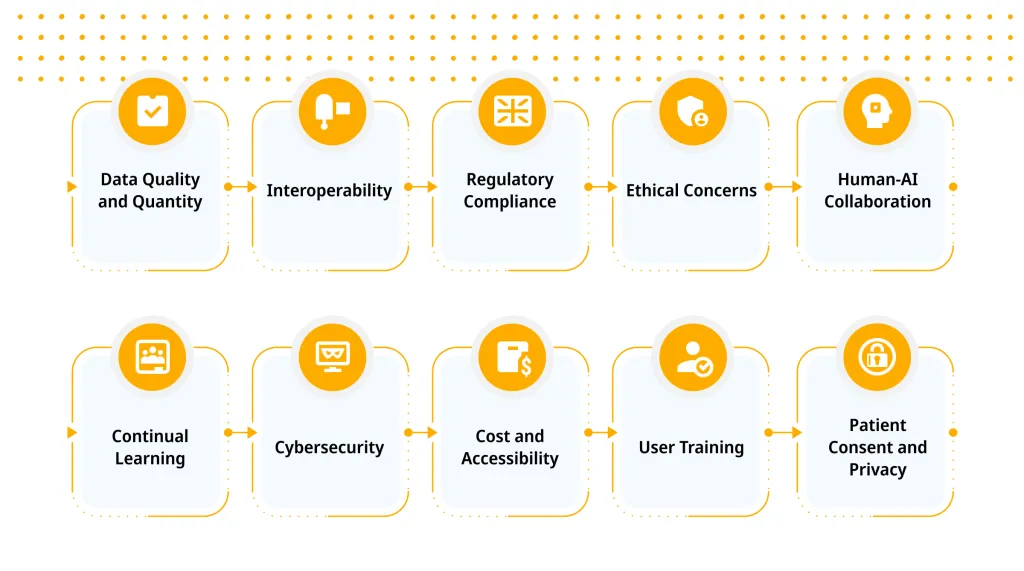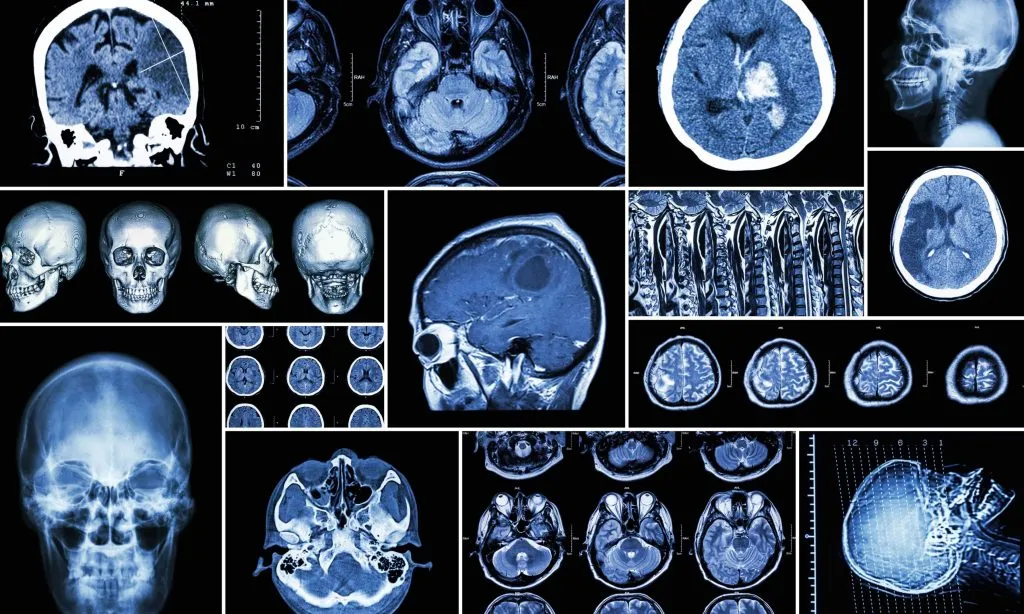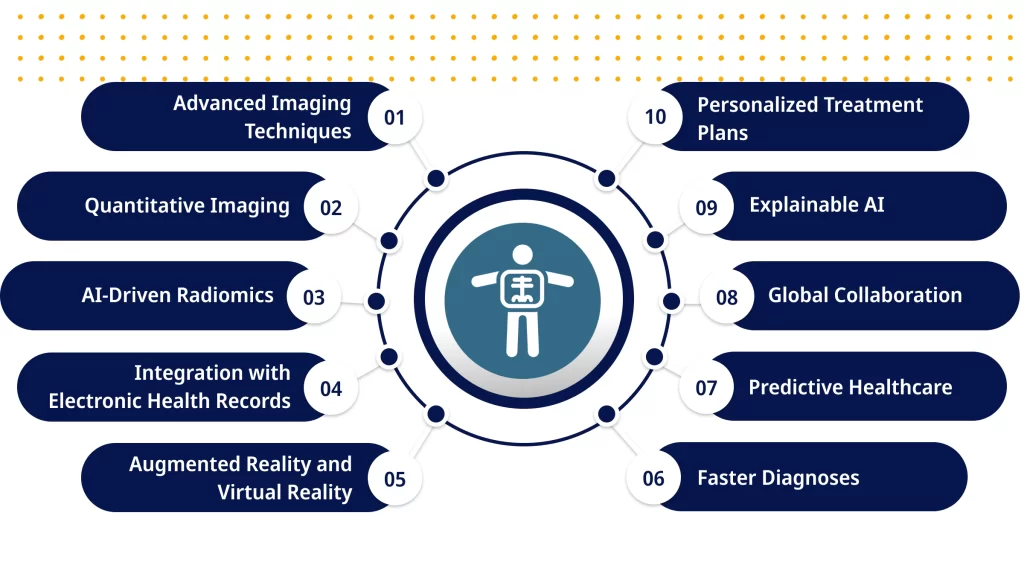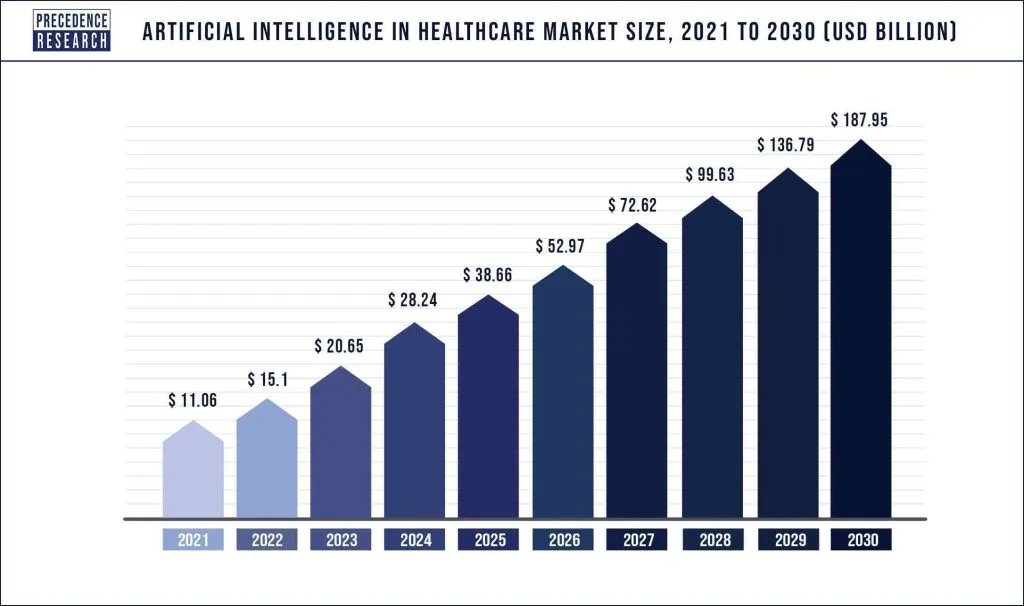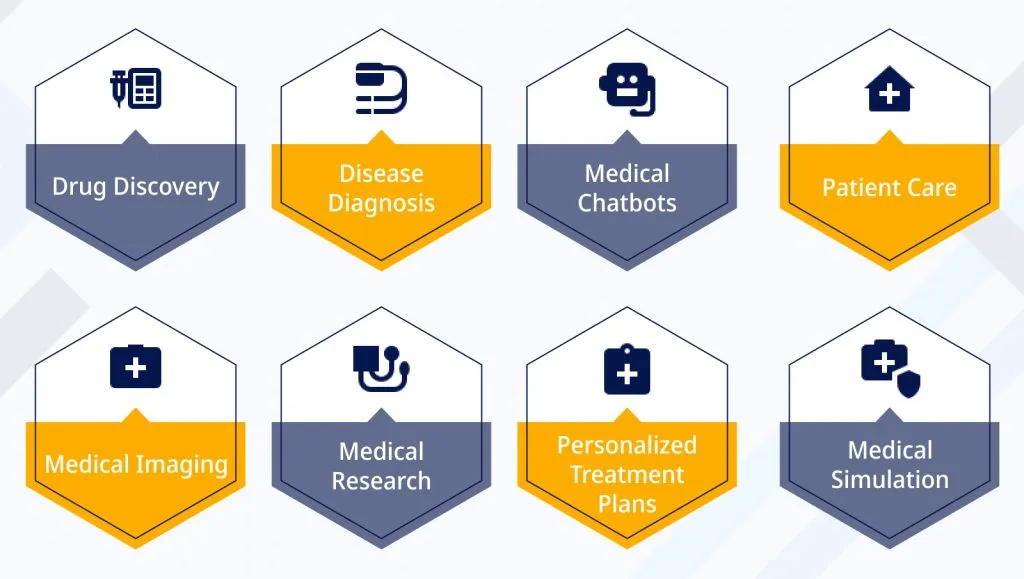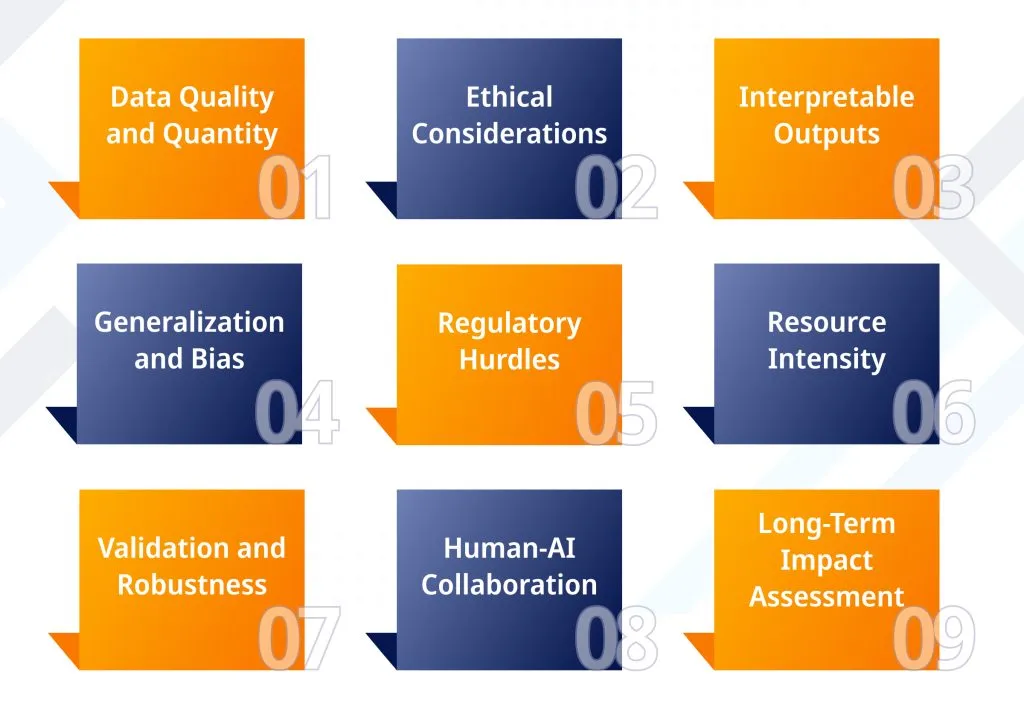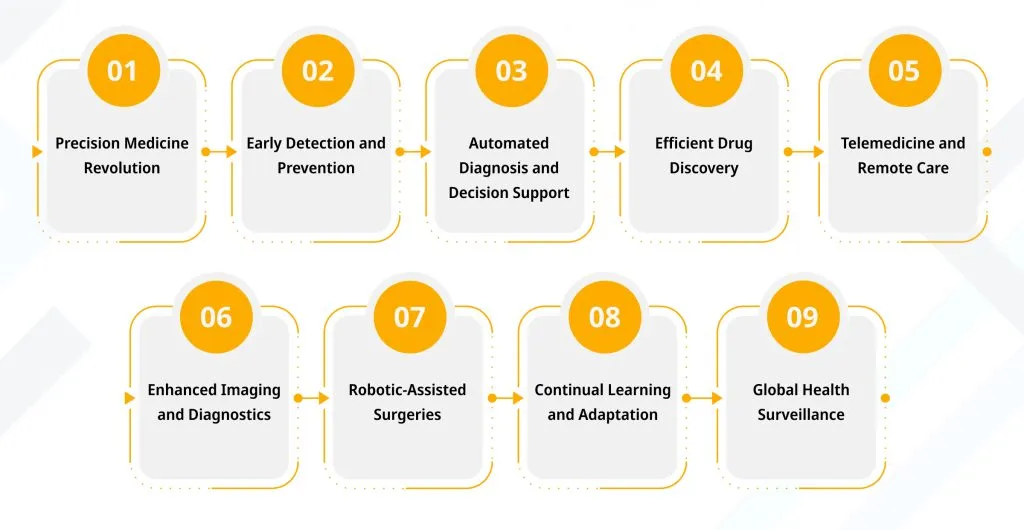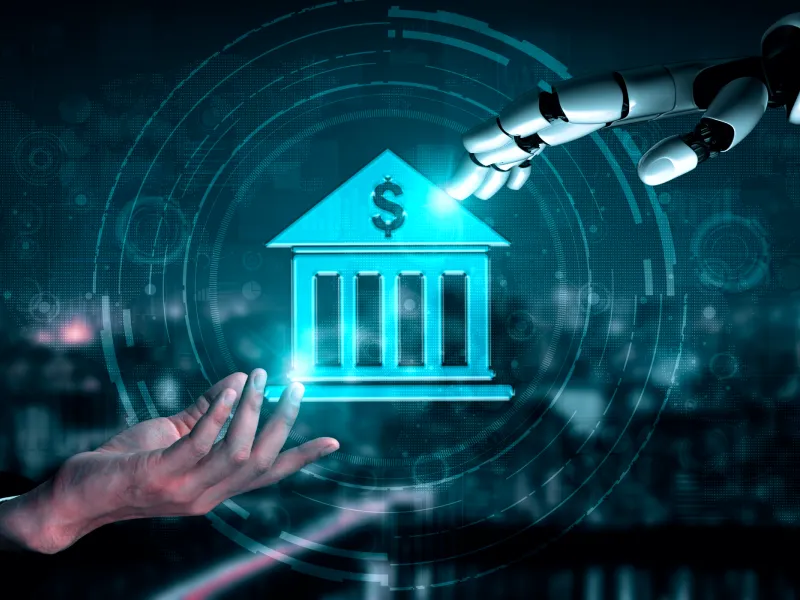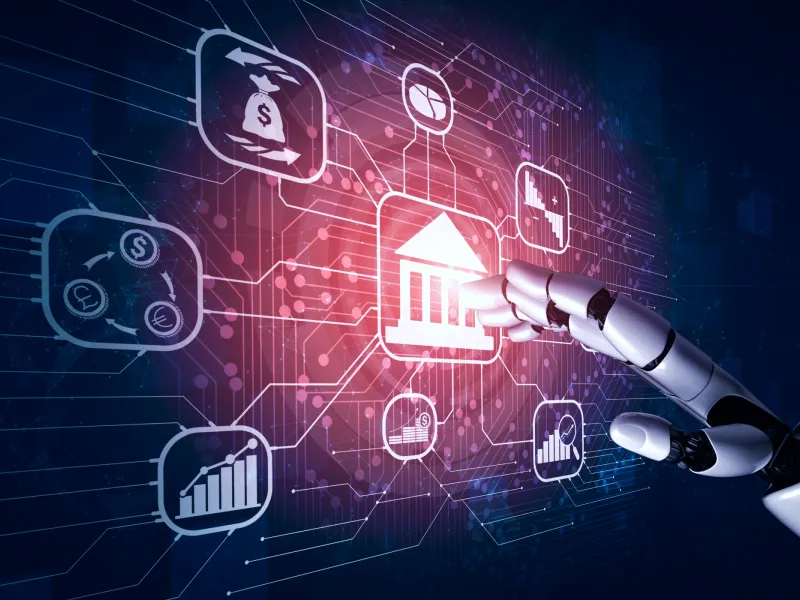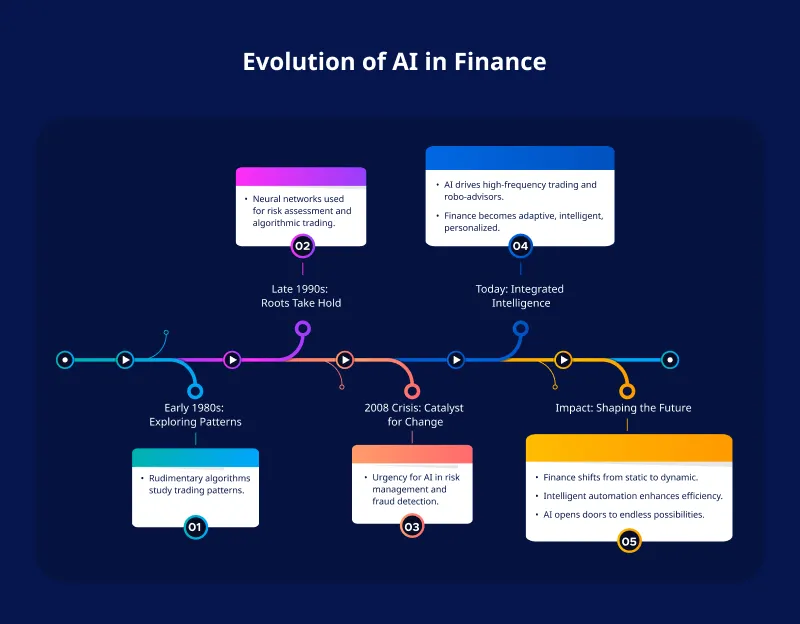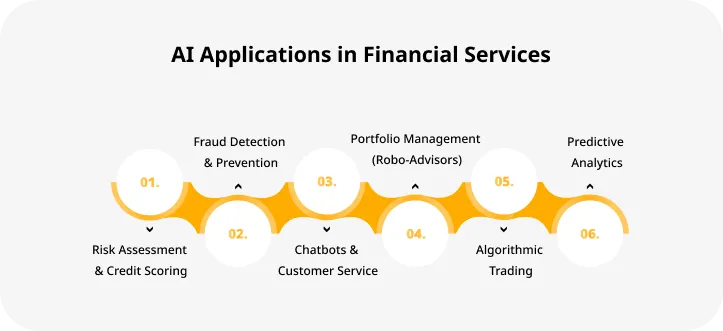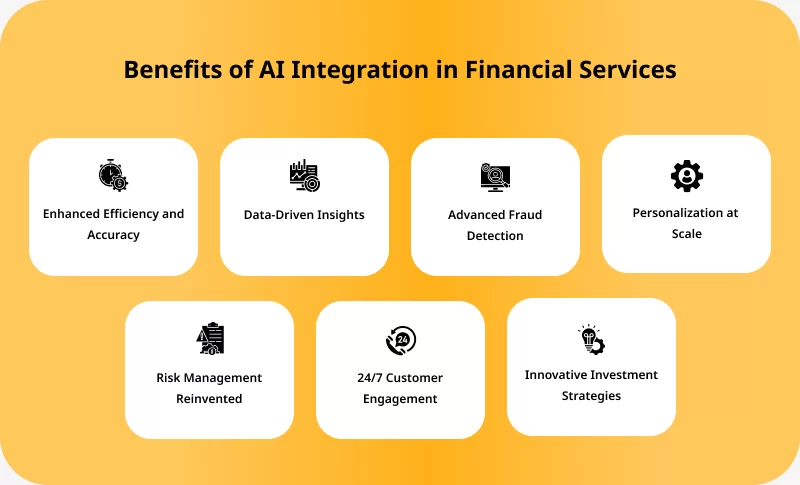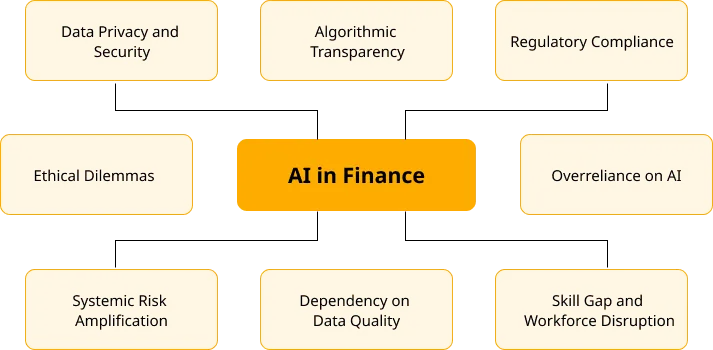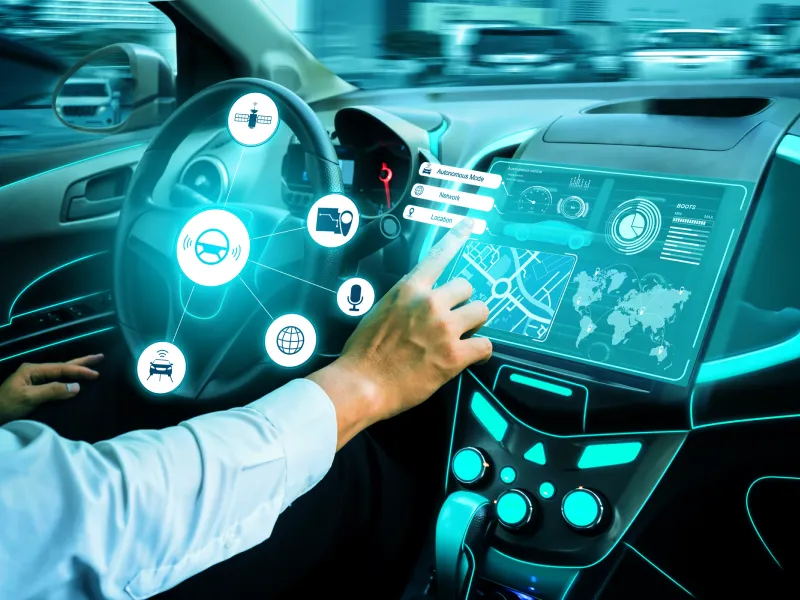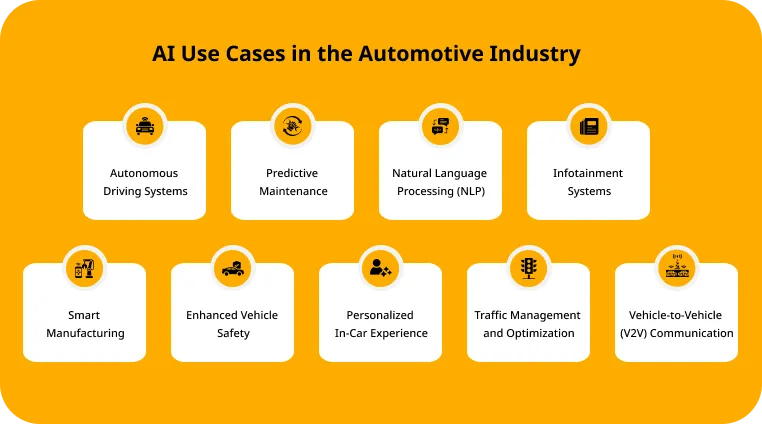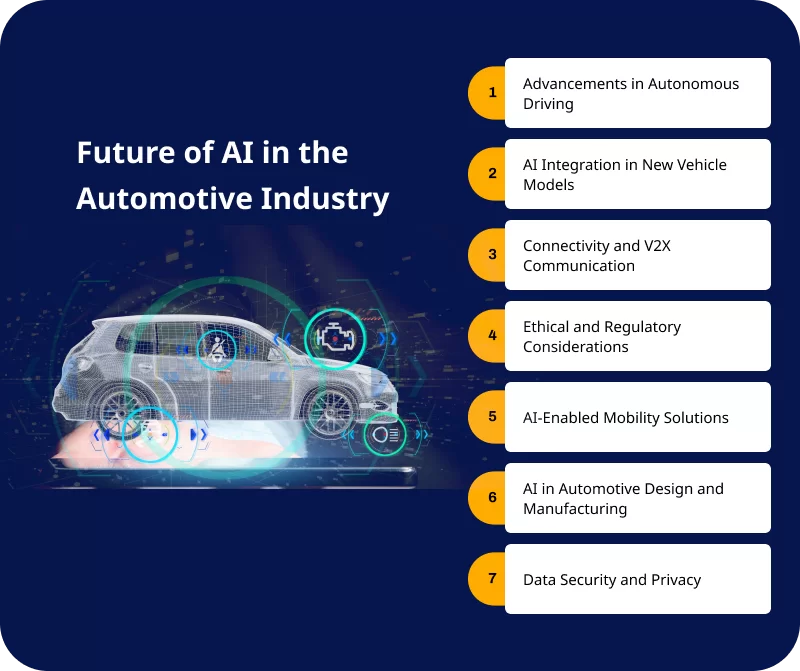For a long time, video surveillance has been crucial for keeping things secure. It helps businesses, governments, and people protect what’s important and stay safe.
However, the old method of video surveillance has problems. It can be really expensive, not always effective, and needs people to watch all the time.
As technology gets better, video surveillance is also improving. It’s getting smarter and more helpful with Artificial Intelligence (AI).
Many of you might not be aware of this, but AI in security and surveillance can examine large amounts of video footage very quickly.
It helps you find problems before they occur, makes sure you’re accurate, and most significantly, does boring jobs automatically.
Do you know?
The global AI in video surveillance market is expected to grow at a CAGR of 23.7% from USD 5.6 billion in 2023 to US 16.3 billion by 2028. AI video analytics market will likely grow into a $22 billion industry by 2027.
Nowadays, with AI running video surveillance, businesses and groups can get a lot of good things. They get better security, safety, and they save money by being more efficient.
The great power of AI makes video surveillance more than just watching, it helps solve problems and makes things better for diverse industries and areas.
Let’s see how AI makes video surveillance valuable by looking at real examples.
We’ll see how AI technology changes security, operations, and businesses practices.
From spotting problems to helping protect the environment, AI in video surveillance is changing how we use these systems, making them really important for safety now and in the future.
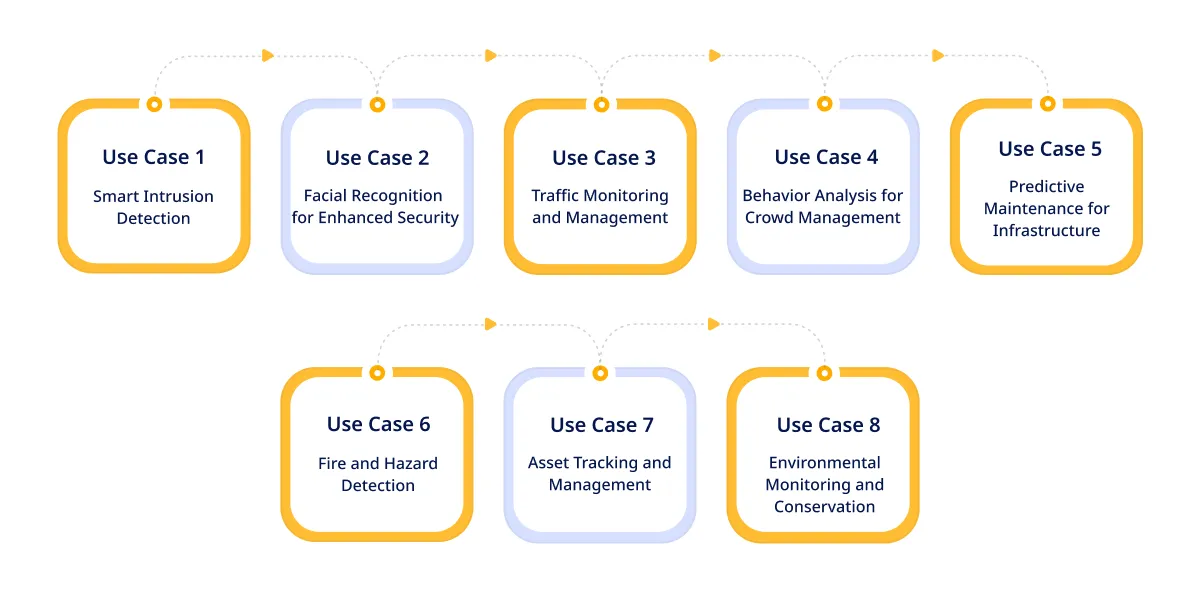
Use Case 1: Smart Intrusion Detection
Today, it’s really necessary to identify and stop unauthorized people from entering a cerrtain area. This is one of the good ways to keep your things and people safe.
In this scenario, old video surveillance systems need people to watch them, which can be slow, and sometimes they miss things. However, with AI video surveillance, things are transforming fast.
Let ValueCoders empower your surveillance systems with AI-driven analytics for smarter monitoring.
How it Works:
AI in security and surveillance systems use sophisticated algorithms to monitor live video right away. It keeps an eye on what’s happening round-the-clock.
Additionally, it notifies if something looks weird or phishy, like someone going where they shouldn’t or hanging around in strange spots. That helps spot security problems early.
When the system notices something strange, it sends quick messages to the security team or control centers. They can get alerts on their phones, through emails, or on the security system itself.
Then, the security team can act fast. They might send guards over, call the police, or do other things to handle the situation.
Benefits:

- Enhanced Security: AI-powered video surveillance helps keep places safe by detecting problems right away. This makes it easier to curb security issues before they become big problems.
- Timely Intervention: Quick alerts from AI-powered security systems help security teams act fast when there’s a problem. This prevents security issues from getting worse and keeps everyone safe.
- Reduced False Alarms: AI-powered security systems are better than old ones that just react to movement. They can specify the difference between standard stuff and real problems. This means fewer false alarms, which keeps things running smoothly and makes everything work better.
- Cost Savings: AI-powered security systems save organizations money by taking care of the detection job automatically. This means there is less need for people to monitor camera all the time. It also helps use security resources better and ensures everything is watched closely for problems.
AI-powered intrusion detection is a big step forward in video surveillance technology. It’s really good at finding and dealing with security problems quickly and accurately.
By using AI, organizations can make their security stronger and keep out all kinds of threats. This makes investing in video surveillance really valuable.
Use Case 2: Facial Recognition for Enhanced Security
Facial recognition technology using AI has changed video surveillance a lot. It’s really good at identifying and following people. This AI use cases advanced technology helps surveillance systems spot faces quickly and accurately, which makes security better.
How it Works:
For AI in security and surveillance, facial recognition systems look at live videos to find people by their faces. They learn from many pictures of faces, so they can match faces they see in real-time with ones they already know about, like those of criminals or people on a watchlist.
As the system analyzes a face, it recognizes quickly and conveys the security team or control centers. They get necessary details about the person, so they can act fast to stop any security problems. This might mean stopping the person, telling the police, or doing other things to keep everyone safe.
Benefits:

- Enhanced Security: Facial recognition technology makes security better by helping to find and follow important people. It lets us act early to stop problems, so we can keep things safe before anything bad happens.
- Instant Alerts: Being able to quickly spot and tell security staff about known people helps us act fast. This stops security problems from getting worse and makes sure we can handle them quickly and well.
- Improved Efficiency: Facial recognition systems with AI do the job of finding people automatically. This means less need for people to watch all the time. It makes security work better and lets security staff concentrate on dealing with the most important problems.
- Customization and Flexibility: Facial recognition systems can be changed to fit what each organization needs for security. They can work with the security systems already in place and be set up to recognize certain people or groups.
Artificial intelligence video surveillance facial recognition technology makes security better. It helps find and follow important people quickly so we can stop security problems before they happen. This makes organizations and places safer overall.
Use Case 3: Traffic Monitoring and Management
In busy cities, managing traffic efficiently is really important. It helps cars move smoothly, prevents traffic jams, and makes roads safer. AI in security and surveillance is changing how we do traffic monitoring and management. It delivers instant information and useful data to make traffic flow better and keep roads safer for everyone.
How it Works:
AI-powered video surveillance systems monitor traffic constantly using cameras in different spots. They use smart algorithms to detect problems, such as too much traffic, accidents, or people breaking traffic rules.
When the system spots a problem, like too much traffic or a car passing through a red light, it sends messages to the right people or traffic centers. These messages give them quick information so that they can fix the problem fast and ensure traffic keeps moving or stop accidents before they happen.
Benefits:
- Optimized Traffic Flow: AI-powered video surveillance systems give instant info about traffic. This helps authorities find and fix traffic jams quickly. It makes traffic move better, stops jams, and makes travel faster for drivers.
- Enhanced Road Safety: Finding and dealing with traffic problems right away makes roads safer. It helps authorities act fast when there’s an accident or something dangerous on the road. This stops people from getting hurt or loosing their lives in accidents.
- Improved Efficiency: AI in security and surveillance for traffic monitoring systems makes things easier by doing the job of looking at traffic and finding problems automatically. This means less need for people to do it themselves. It helps manage traffic better and lets authorities use their resources where needed most.
- Data-driven Decision Making: AI surveillance systems collect and analyze the data about traffic and problems. This helps authorities make smart decisions. They can do things like fixing roads or changing traffic rules to make traffic better in the long run.
AI-powered video surveillance systems are changing how we manage traffic. They give instant information and useful data to improve traffic flow and keep roads safer.
With smart AI algorithms, an AI development company can help authorities react fast to traffic problems, stop jams, and make city traffic work better overall.
Seamlessly integrate AI into your surveillance systems with ValueCoders' expert assistance.
Use Case 4: Behavior Analysis for Crowd Management
In busy places like stadiums or events, keeping things safe and organized is really important.
AI in security and surveillance is changing how we manage crowds by looking at how people behave to find possible problems.
Teaming up with the best AI development companies for AI-powered video surveillance can help security teams deal with security problems early and keep big crowds safe.
How it Works:
AI-powered video surveillance systems watch how people behave in public places using cameras. They use smart algorithms to find different behavior patterns, like standing around, acting aggressively, or moving strangely.
When the system sees something strange, it tells the security team or event organizers right away. They get quick info about possible security problems. Then, they can do things like send more security or manage the crowd better.
Benefits:

- Early Detection of Security Threats: Using artificial intelligence surveillance to watch how people behave helps find security problems early. This lets security staff step in before things get worse, stopping security issues and keeping people safe at public events or gatherings.
- Improved Response Times: AI surveillance systems send quick alerts when they notice something suspicious. This helps security staff react quickly and effectively to security problems, making public places and events safer overall.
- Enhanced Crowd Safety: Using AI to understand how crowds act helps security staff find and fix safety problems quickly, such as when there are too many people in one place or when things get noisy. AI in security and surveillance helps keep things organized and makes sure people at public events are safe.
- Efficient Resource Allocation: AI behavior analysis helps security teams use their resources better by paying more attention to places where there might be security problems. This makes crowd management work better and helps security staff deal with important problems faster.
AI behavior analysis is changing how we manage crowds by spotting security problems early and keeping big gatherings safe. With smart algorithms, AI video surveillance comprehends how crowds act in real time. This supports security staff keep things organized and deal with possible security risks well, making public events and gatherings safer for everyone.
Use Case 5: Predictive Maintenance for Infrastructure
Keeping important things like bridges, roads, and buildings in good shape is really important for keeping people safe and the economy strong.
AI in security and surveillance is changing how we manage these things by using predictive analytics. This means video surveillance systems can watch these assets closely to catch any signs of damage or problems early.
This helps fix things before they get worse, making these assets last longer and avoiding long periods of time when they’re out of service for repairs.
How it Works:
AI predictive analytics use smart algorithm to look at data from video surveillance systems watching important things like bridges and buildings.
These systems keep an eye on different things, like how strong the structures are, the weather, and how much they’re used, to find possible problems or things to keep an eye on.
When the system detects signs that something might be getting worn out or could break soon, it alarms maintenance workers or the authorized people right away.
They identify quickly what’s going on with the infrastructure. Soon, they can plan repairs or check how bad the damage is.
Benefits:

- Proactive Maintenance: Using AI to predict problems helps us fix things before they become big issues. This stops repairs from costing a lot and makes sure important things like bridges and buildings keep working like they should.
- Extended Asset Lifespan: Finding signs of wear early and fixing things quickly makes infrastructure assets last longer. This means we don’t have to replace or upgrade them as often, which saves money for governments and organizations in the long run.
- Minimized Downtime: Fixing things early with predictive analytics means less time when infrastructure isn’t working. This keeps things like roads and utilities available for people to use. It stops problems from causing delays in transportation or access to important services.
- Improved Safety: Keeping important infrastructure in good condition with predictive maintenance makes things safer for the public. It lowers the chances of accidents or things breaking. This helps communities and economies by making the places where people live and work safer and stronger.
Using AI to predict maintenance needs is changing how we manage infrastructure. It helps us fix things before they cause problems for important assets.
With smart analysis and watching things in real-time by an AI services company, governments and organizations can make sure infrastructure stays in good shape, lasts longer, and keeps essential services safe and reliable.
Use Case 6: Fire and Hazard Detection
In places like factories, warehouses, and public areas, spotting fires and other dangers quickly is really important to keep people safe and prevent damage to buildings.
AI-powered video surveillance systems are doing this job well by using smart algorithm to look at things like smoke and heat in real-time.
When they see something wrong, AI in security and surveillance quickly tell the right people and start emergency plans. This prevents the damage and makes sure people are safe during fires or other dangerous situations.
How it Works:
AI-powered video surveillance systems keep monitoring live video from cameras in places like factories, warehouses, and public areas. These smart AI security systems use advanced algorithms to detect things like smoke and heat to find possible fires or dangers.
Gain a competitive edge for AI-powered surveillance, providing actionable insights for proactive security measures.
When the system discovers signs of a fire or danger, it quickly tells the right authorities or emergency teams. They get important details about where and how bad the situation is, so they can start the right emergency plans, like getting people out or stopping fires.
Benefits:

- Early Detection: AI-powered systems for spotting fires and dangers help find problems early, so authorities can act fast and make them less serious. This stops damage to buildings and keeps people safe.
- Prompt Alerting: AI-powered surveillance systems rapidly update the right authorities or emergency teams about fires and dangers. This helps them react fast and deal with the situation well. It makes sure they respond quickly and do the right things to handle the problem.
- Minimized Property Damage: Detecting fires and dangers early lets authorities do things like using fire systems or evacuating people to stop damage to buildings. This protects valuable things and lowers the cost of the problem.
- Occupant Safety: Keeping people safe is the most important thing during a fire or danger. Surveillance systems with AI made by top AI development companies help do this by making sure people get out in time and giving important details to emergency teams.
AI-powered systems that detect fires and dangers are very important for keeping people safe and preventing damage to buildings in places like factories, warehouses, and public areas.
These systems use smart algorithms to look at things like smoke and heat and quickly tell the right people if there’s a problem. This helps emergency teams react fast and do the right things to stop fires and other dangers, which saves lives and keeps important things safe.
Use Case 7: Asset Tracking and Management
In larger infrastructure spaces such as airports, hospitals, or factories, keeping track of valuable things is really important to keep things running smoothly and use resources well.
AI-powered video surveillance systems are helpful because they can keep a close eye on assets in real-time, making sure they’re managed carefully.
By working together with RFID or IoT sensors, these systems can automatically find and watch how assets move around. This helps cut down on losses, make inventory management better, and improve how things are done.
How it Works:
Smart video surveillance systems use fancy algorithms to watch live video and find assets in big buildings. By teaming up with RFID or IoT sensors stuck to assets, these systems can keep an eye on where things are moving in real-time automatically.
When the AI in security and surveillance system finds an asset, it keeps a record of where it is and what condition it’s in. This information gets updated in a central database. Facility managers can then see this info in real-time, track where assets are going, and see how they’re being used.
Benefits:

- Reduced Loss: With real-time tracking of assets, smart video surveillance systems lower the chance of things getting lost or stolen. Facility managers can easily spot if something’s missing or in the wrong place and do what’s needed to find it, which helps cut down on money lost.
- Optimized Inventory Management: Tracking assets in real-time makes inventory management work better. Facility managers can keep a close eye on how assets move and are used. They can spot if there are too many assets or some aren’t being used much, and then decide how to use resources better.
- Enhanced Operational Efficiency: By making asset tracking and management automatic, smart surveillance systems save facility managers time and resources. This lets them concentrate on important jobs and projects, making everything run more smoothly.
- Improved Security: Tracking assets in real-time makes facilities more secure because managers can see where valuable things are and how they’re moving. This stops people from getting to assets they shouldn’t and lowers the chance of things being stolen or used the wrong way.
Smart video surveillance systems are great for keeping track of assets in big buildings. They work with RFID or IoT sensors to track assets in real-time, which cuts down on losses, makes managing inventory better, and helps things run more smoothly.
Overall, these systems make facilities safer and help businesses achieve their goals.
Use Case 8: Environmental Monitoring and Conservation
Protecting nature and wildlife is really important for conservationists and authorities worldwide.
Smart video surveillance systems, powered by AI, are becoming useful for keeping an eye on the environment and helping with conservation efforts. They give real-time information and data to help protect habitats and save wildlife.
These AI in security and surveillance systems can use special algorithms to recognize images. They can find endangered animals, watch for illegal hunting, and spot environmental problems. This helps conservationists and authorities act early to protect habitats and save wildlife.
How it Works:
Smart video surveillance systems with AI are set up in places where animals live, like wildlife habitats and protected areas, to keep an eye on the environment and what animals are doing.
These systems use smart algorithm to observe at live videos and find things like endangered animals, illegal hunting, or signs of problems caused by people or natural disasters.
When the AI surveillance systems find signs of endangered animals or illegal activities, they send alerts to specific conservationists, authorities, or park rangers.
These alerts give immediate information about what’s happening, so they can quickly step in and protect the habitat and wildlife.
Benefits:

- Early Detection of Threats: Smart video surveillance using AI can spot problems for wildlife and their homes, like illegal hunting or damage to the environment, early on. This helps conservationists and authorities step in quickly to lessen the harm caused by these issues.
- Data-driven Conservation: Smart surveillance systems with AI give immediate information and data about what animals are doing and the environment they’re in. This helps conservationists make decisions based on facts to protect wildlife better. They can focus on the most urgent problems and come up with plans to save animals more effectively.
- Habitat Protection: Smart surveillance systems with AI help keep natural places safe by watching what animals are up to and finding areas that need extra care. They can spot endangered animals, keep an eye on people, and notice if something’s wrong with the environment. This helps make sure habitats and ecosystems stay protected.
- Wildlife Preservation: Smart surveillance systems with AI watch over animals and find dangers to those that are in danger of disappearing. This helps conservationists know what steps to take to keep these species safe and make sure they can continue living in their homes in the wild.
Smart video systems that use AI are really helpful for watching the environment and saving animals. They give instant info and facts to help protect habitats and keep animals safe.
These systems use smart algorithm to spot problems early on, so people can step in and do things to help habitats and wildlife stay safe, which is important for keeping different kinds of plants and animals alive.
Choose ValueCoders to revolutionize your surveillance systems with cutting-edge AI technology.
Parting Thoughts
The integration of artificial intelligence technology into video surveillance systems has revolutionized the way we approach security, safety, and resource management.
From smart intrusion detection to environmental monitoring and conservation efforts, AI-driven video surveillance offers businesses, governments, and organizations with various benefits that make it worth the investment.
By leveraging advanced algorithms and real-time data analysis, AI in security and surveillance systems provide unparalleled accuracy, efficiency, and effectiveness in detecting and responding to security threats, optimizing traffic flow, managing assets, and preserving natural habitats.
These systems enable proactive intervention, reduce response times, minimize property damage, and enhance the overall safety and security of individuals and assets.
As technology continues to evolve, AI-driven video surveillance will play highly crucial role in protecting our communities, protecting our environment, and optimizing our resources. Adopting this innovative technology is more than an expenditure in security and efficiency—it’s an investment in the future.
Discover how AI-driven video surveillance can transform your security and operations. Contact us today to learn more about our artificial intelligence solutions and how they can benefit your organization. Let’s make video surveillance worth it together.


